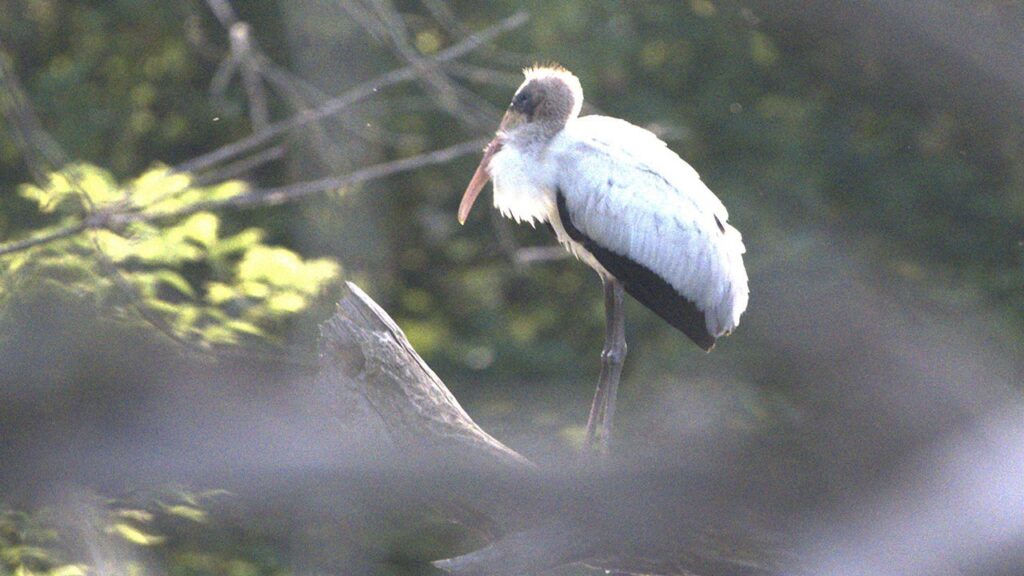In a remarkable episode that showcases human compassion and the intersection of wildlife and urban life, a Texas woman named Katie Adlong made headlines when she rescued a baby Mississippi kite found on the ground near her home in Amarillo, Texas. The story begins when Adlong discovered the small bird in distress and, demonstrating quick thinking and resourcefulness, decided to wrap it in a warm tortilla. This unconventional choice not only kept the fragile bird, affectionately named Taquito, warm but also ensured it remained safe until a wildlife rehabilitation team could arrive to provide further care.
This heartwarming rescue is not the only intriguing bird-related story making waves recently. In a surprising turn of events, a rare subtropical wood stork was spotted in Wisconsin, far from its usual habitat. Wood storks are typically found in the Gulf Coast states, as well as in areas of Central and South America. The unexpected sighting took place in the Mud Lake Wildlife Area in Columbia County, Wisconsin, northeast of Madison, where a deer hunter first spotted the bird. The hunter quickly alerted local wildlife officials, including Jeff Bahls, the President of the Horicon Marsh Bird Club, and a wildlife technician for the state Department of Natural Resources.
Bahls expressed his fascination with the migratory and sometimes erratic paths birds can take. He noted that the time of year plays a significant role in these rare sightings, as odd and stray birds frequently make appearances at this time. The wood stork, which is listed as threatened under the Endangered Species Act, was a juvenile, suggesting it had hatched in the spring due to its lighter bill color—a feature that darkens as they mature. Observing this wood stork, Bahls underscored the fact that young birds often embark on exploratory journeys during the summer when they lack established territories.
During the sightings, Bahls noted that the wood stork was last seen on Tuesday, flying northeast alongside a flock of pelicans, indicating that it might have been integrating into other groups of birds despite being so far from its usual breeding grounds. This particular wood stork was part of a species that was once on the brink of extinction in the United States, with only about 5,000 nesting pairs recorded in the 1970s. According to the Center for Biological Diversity, that number has increased to more than 11,000 nesting pairs as of 2023, showcasing the stork’s remarkable recovery and resilience.
However, the continuation of this success story faces challenges. The wood stork has been forced to adapt its migration patterns, moving north due in part to habitat destruction and the impacts of climate change. Stephanie Kurose of the Center for Biological Diversity has emphasized the importance of preserving wetlands to protect these birds and stressed the necessity of ongoing population monitoring to safeguard against potential threats to the wood stork’s survival.
The stories of both Taquito the Mississippi kite and the wood stork serve as poignant reminders of the complexities of wildlife existence and the need for both human intervention and awareness of environmental issues. They highlight the intricate dynamics of nature and the critical role that conservation efforts play in safeguarding our planet’s diverse avian populations. As these stories unfold, they inspire hope and emphasize the importance of nurturing and maintaining our natural ecosystems for future generations.











